Home>Furniture & Design>Interior Design Trends>How Many Glass Of Water In 1 Gallon
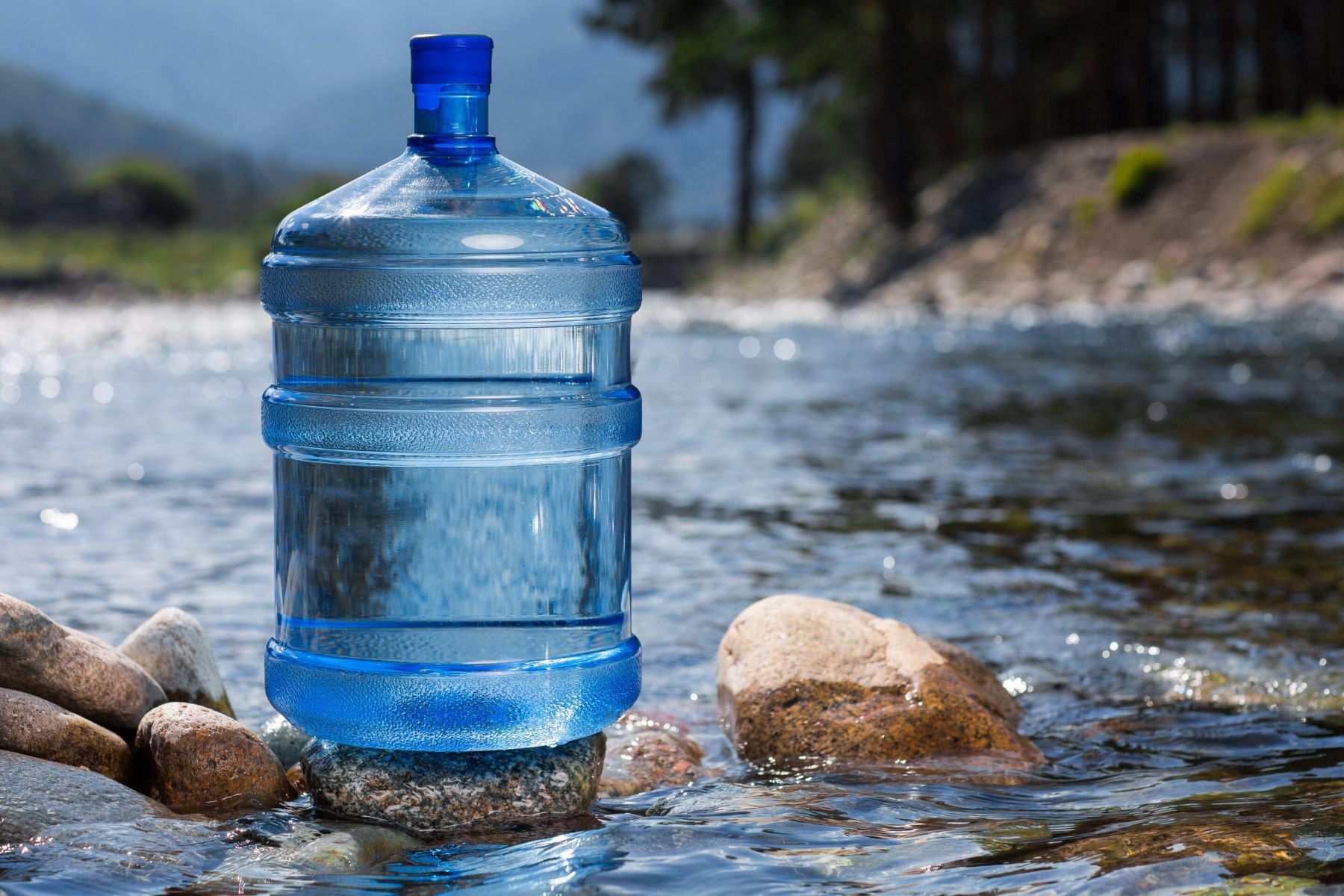

Interior Design Trends
How Many Glass Of Water In 1 Gallon
Modified: May 6, 2024
Discover the interior design trends for 2021 and learn how many glasses of water are in 1 gallon. Stay updated with the latest trends and useful information.
(Many of the links in this article redirect to a specific reviewed product. Your purchase of these products through affiliate links helps to generate commission for Storables.com, at no extra cost. Learn more)
Introduction
Understanding the importance of proper hydration is crucial for maintaining overall health and well-being. Water is an essential component of our daily lives, playing a vital role in various bodily functions, including temperature regulation, digestion, and nutrient transportation. As a result, it's essential to comprehend the significance of water consumption and how it relates to the measurement of a gallon.
In this article, we will delve into the concept of a gallon and explore its relevance to daily water intake. By understanding the measurement of a gallon and how it translates to fluid ounces, we can determine the number of glasses of water contained within a gallon. Additionally, we will consider various factors that influence water consumption, providing valuable insights into maintaining adequate hydration levels.
Join us as we embark on a journey to unravel the mysteries of water measurement and consumption, empowering you to make informed decisions about your daily fluid intake. Let's quench our thirst for knowledge and gain a deeper understanding of the role that a gallon plays in our hydration routine.
Key Takeaways:
- Stay hydrated by drinking 8 glasses of water a day – that’s one gallon! Understand the importance of water and how it keeps your body healthy and thriving.
- Factors like activity levels, climate, and diet influence your water needs. Tailor your hydration to stay healthy and energized throughout the day.
Read more: How Many Glasses Of Water In A Gallon
Understanding the measurement of a gallon
The gallon is a unit of measurement that holds significant importance in various aspects of daily life, particularly in the context of fluid volume. In the United States, the gallon is commonly used to quantify the volume of liquid substances, including water, gasoline, and other beverages. Understanding the measurement of a gallon is essential for accurately assessing fluid intake and ensuring adequate hydration.
In the United States, there are two primary types of gallons: the liquid gallon and the dry gallon. The liquid gallon, often denoted as "gal," is used to measure the volume of liquid substances, while the dry gallon is employed for measuring dry goods such as grains and produce. However, for the purpose of understanding water consumption, we will focus on the liquid gallon.
The liquid gallon is defined as 231 cubic inches or approximately 3.785 liters. This measurement is based on the historical use of gallons for measuring wine and other liquids. The gallon is further subdivided into smaller units, including quarts, pints, and fluid ounces, each serving as a standardized measure for liquid volume.
In the context of fluid ounces, a gallon equates to 128 fluid ounces. This conversion is crucial for accurately gauging the volume of water or other beverages consumed on a daily basis. By comprehending the relationship between gallons and fluid ounces, individuals can effectively monitor their fluid intake and ensure they meet the recommended daily hydration levels.
The measurement of a gallon holds practical significance in everyday activities, from cooking and baking to maintaining proper hydration. Whether it's following a recipe that calls for a specific volume of liquid or tracking daily water consumption, the gallon serves as a fundamental unit of measurement that facilitates precision and consistency.
As we navigate the realm of hydration and fluid intake, understanding the measurement of a gallon empowers individuals to make informed decisions about their daily water consumption. By grasping the volume represented by a gallon and its subdivisions, individuals can take proactive steps to prioritize hydration and promote overall well-being.
Converting gallons to fluid ounces
Understanding the conversion from gallons to fluid ounces is essential for accurately assessing and monitoring daily water intake. In the United States, the gallon is a standard unit of measurement for liquid volume, while fluid ounces provide a more granular representation of the volume contained within a gallon. By comprehending this conversion, individuals can effectively gauge their hydration needs and ensure they meet the recommended daily water intake.
To convert gallons to fluid ounces, it's crucial to recognize that one gallon is equivalent to 128 fluid ounces. This conversion factor serves as the cornerstone for understanding the relationship between these two units of measurement. By multiplying the number of gallons by 128, individuals can ascertain the corresponding volume in fluid ounces. For example, if someone consumes 2 gallons of water in a day, their total fluid intake would amount to 256 fluid ounces.
This conversion process is not only applicable to water but also extends to other beverages and liquid substances that are measured in gallons. Whether it's monitoring the consumption of milk, juice, or sports drinks, the conversion from gallons to fluid ounces remains consistent, providing a standardized method for evaluating fluid intake across various liquids.
By embracing this conversion, individuals can gain a more nuanced perspective on their daily hydration goals. For instance, health authorities often recommend a daily water intake of approximately 64-96 fluid ounces for the average adult. By understanding the conversion from gallons to fluid ounces, individuals can easily translate these recommendations into tangible goals, enabling them to track and manage their water consumption effectively.
Moreover, this conversion is particularly valuable when planning for events or activities that involve serving beverages to a large group of people. Whether it's organizing a gathering, sports event, or community function, knowing how to convert gallons to fluid ounces allows for precise estimation and allocation of liquid resources, ensuring that participants' hydration needs are adequately met.
In essence, the conversion from gallons to fluid ounces serves as a foundational tool for promoting awareness and accountability in maintaining proper hydration. By internalizing this conversion factor, individuals can navigate their daily fluid intake with confidence, leveraging a deeper understanding of liquid volume to support their overall well-being.
There are 128 ounces in 1 gallon, and a standard glass of water is 8 ounces. So, there are 16 glasses of water in 1 gallon.
How many glasses of water in a gallon
When it comes to understanding the practical implications of water consumption, visualizing the volume of a gallon in terms of standard drinking glasses can provide valuable insights. A standard drinking glass typically holds 8 fluid ounces of liquid. By applying this knowledge, we can determine the number of glasses of water contained within a gallon.
Given that one gallon is equivalent to 128 fluid ounces, simple division allows us to calculate the number of 8-ounce glasses that can be filled from a gallon of water. Dividing 128 by 8 yields a total of 16, indicating that there are 16 standard glasses of water in a single gallon.
This straightforward calculation offers a tangible representation of the volume encapsulated by a gallon, making it easier to conceptualize daily water intake in practical terms. For individuals striving to meet recommended hydration goals, knowing that a gallon contains 16 glasses of water can serve as a helpful benchmark for tracking and managing fluid consumption.
Furthermore, this insight can be particularly beneficial for families or groups seeking to ensure adequate hydration for multiple individuals. By recognizing that a gallon can supply 16 glasses of water, it becomes simpler to plan and allocate liquid resources, promoting a collective commitment to staying hydrated.
Understanding the number of glasses of water in a gallon also facilitates informed decision-making in various settings, such as workplaces, schools, and recreational facilities. Whether it's determining the quantity of water needed for a team meeting or ensuring that students have access to sufficient hydration during the school day, this knowledge empowers individuals to make proactive choices that support overall well-being.
In essence, grasping the tangible representation of a gallon in terms of standard drinking glasses fosters a deeper appreciation for the significance of water consumption. It transforms abstract measurements into relatable units, enabling individuals to approach hydration with clarity and purpose. By recognizing that a gallon contains 16 glasses of water, individuals can navigate their daily fluid intake with confidence, leveraging this understanding to prioritize their health and vitality.
Factors to consider when measuring water consumption
When it comes to measuring water consumption, several factors play a pivotal role in determining an individual's hydration needs and ensuring adequate fluid intake. Understanding these factors is essential for promoting optimal health and well-being. Let's explore the key considerations that influence the measurement of water consumption.
-
Physical Activity Levels: The level of physical activity a person engages in directly impacts their water requirements. Those who lead an active lifestyle or participate in rigorous exercise routines may need to consume more water to compensate for fluid loss through sweating and exertion. It's crucial to adjust water intake based on activity levels to maintain proper hydration and support physical performance.
-
Climate and Environmental Conditions: Environmental factors, including temperature, humidity, and altitude, can significantly influence the body's hydration status. In hot and humid climates, individuals are prone to increased perspiration, leading to higher water loss. Similarly, high-altitude environments can accelerate fluid evaporation from the body. Understanding the impact of climate and environmental conditions is vital for adapting water consumption to meet the body's needs in varying settings.
-
Individual Metabolic Rate: Each person's metabolic rate and physiological characteristics play a role in determining their unique water requirements. Factors such as body size, metabolism, and overall health can influence the amount of water needed to maintain proper bodily functions. Tailoring water consumption to individual metabolic demands is essential for achieving personalized hydration goals.
-
Dietary Factors: Dietary habits and food choices can contribute to overall fluid intake. Foods with high water content, such as fruits, vegetables, and soups, can contribute to hydration levels. Additionally, the consumption of caffeinated or alcoholic beverages may impact fluid balance and necessitate adjustments in water intake. Understanding the interplay between diet and hydration is crucial for optimizing overall fluid consumption.
-
Health and Medical Considerations: Certain health conditions and medical treatments may require individuals to modify their water intake. For example, individuals with specific medical conditions, such as kidney disease or diabetes, may need to monitor their fluid intake more closely. Additionally, medications and medical procedures can influence hydration levels, necessitating tailored approaches to water consumption.
-
Age and Life Stage: Age and life stage are key determinants of water needs. Infants, children, pregnant women, and older adults have distinct hydration requirements based on developmental and physiological factors. Recognizing the unique needs of different age groups is essential for ensuring appropriate water consumption across the lifespan.
By considering these factors, individuals can gain a comprehensive understanding of their hydration needs and make informed decisions regarding water consumption. Tailoring fluid intake to account for physical activity, environmental conditions, metabolic differences, dietary influences, health considerations, and life stage variations empowers individuals to prioritize hydration and support their overall health and well-being.
Read more: How Many Glasses Of Water In 1 Liter
Conclusion
In conclusion, the measurement of a gallon holds significant implications for understanding and managing water consumption. By delving into the concept of a gallon and its conversion to fluid ounces, individuals can gain valuable insights into their daily hydration needs. The visualization of a gallon in terms of standard drinking glasses provides a relatable framework for tracking and managing water intake, fostering a deeper appreciation for the importance of proper hydration.
Understanding the factors that influence water consumption is equally crucial, as it empowers individuals to tailor their fluid intake to meet their unique needs. Considerations such as physical activity levels, climate and environmental conditions, individual metabolic rates, dietary factors, health considerations, and life stage variations play a pivotal role in determining optimal hydration strategies. By taking these factors into account, individuals can make informed decisions about their water consumption, promoting overall well-being and vitality.
Ultimately, the journey to comprehend the measurement of a gallon and its implications for water consumption is a transformative one. It equips individuals with the knowledge and awareness needed to prioritize hydration as an essential component of a healthy lifestyle. By embracing this understanding, individuals can navigate their daily fluid intake with confidence, leveraging the power of informed choices to support their well-being.
As we conclude this exploration, let us carry forward the insights gained and apply them to our daily lives. Whether it's ensuring that we meet recommended hydration goals, planning for events that involve serving beverages, or adapting our water intake to varying environmental conditions, the knowledge we've acquired serves as a guiding light. Let's embrace the significance of water consumption, recognizing that each glass of water we drink from a gallon is a step towards nurturing our bodies and embracing a life of wellness.
In the grand tapestry of health and vitality, the measurement of a gallon and its impact on water consumption serves as a cornerstone, reminding us of the simple yet profound significance of staying hydrated. Let's raise our glasses, filled from the measure of a gallon, and toast to the journey of understanding, embracing, and celebrating the role of water in our lives. Cheers to a life well-hydrated, nourished, and thriving.
Curious about everyday mysteries and quirky science? Once you're up to speed on how different volumes and measurements work, such as the number of glasses in a gallon, you might find yourself pondering other intriguing questions. For instance, have you ever wondered about the properties of everyday materials, like why glass appears transparent? Our next article dives into the fascinating world of materials and sheds light on this clear subject. Join us to uncover more fun facts that make you rethink the ordinary!
Frequently Asked Questions about How Many Glass Of Water In 1 Gallon
Was this page helpful?
At Storables.com, we guarantee accurate and reliable information. Our content, validated by Expert Board Contributors, is crafted following stringent Editorial Policies. We're committed to providing you with well-researched, expert-backed insights for all your informational needs.
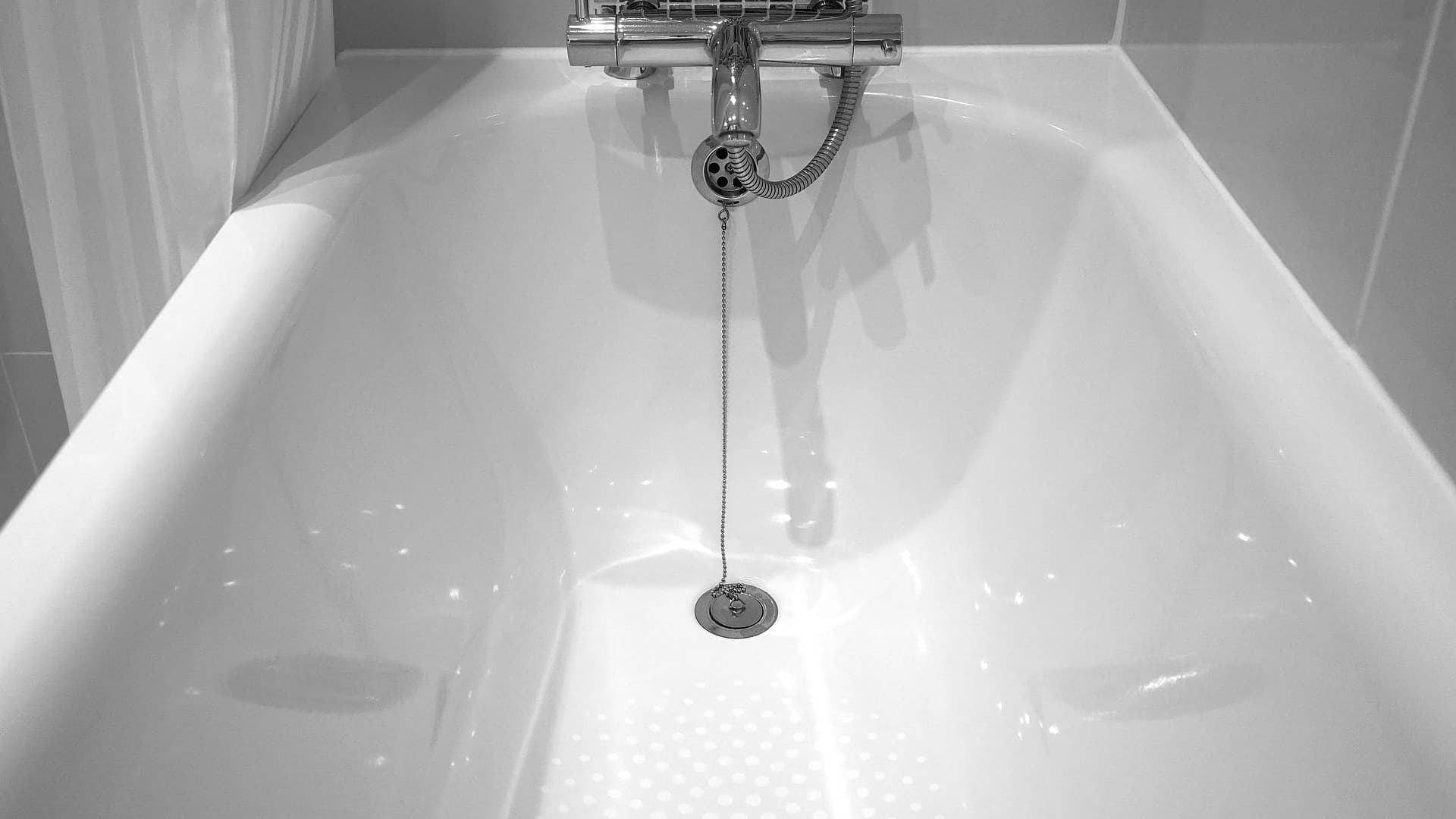
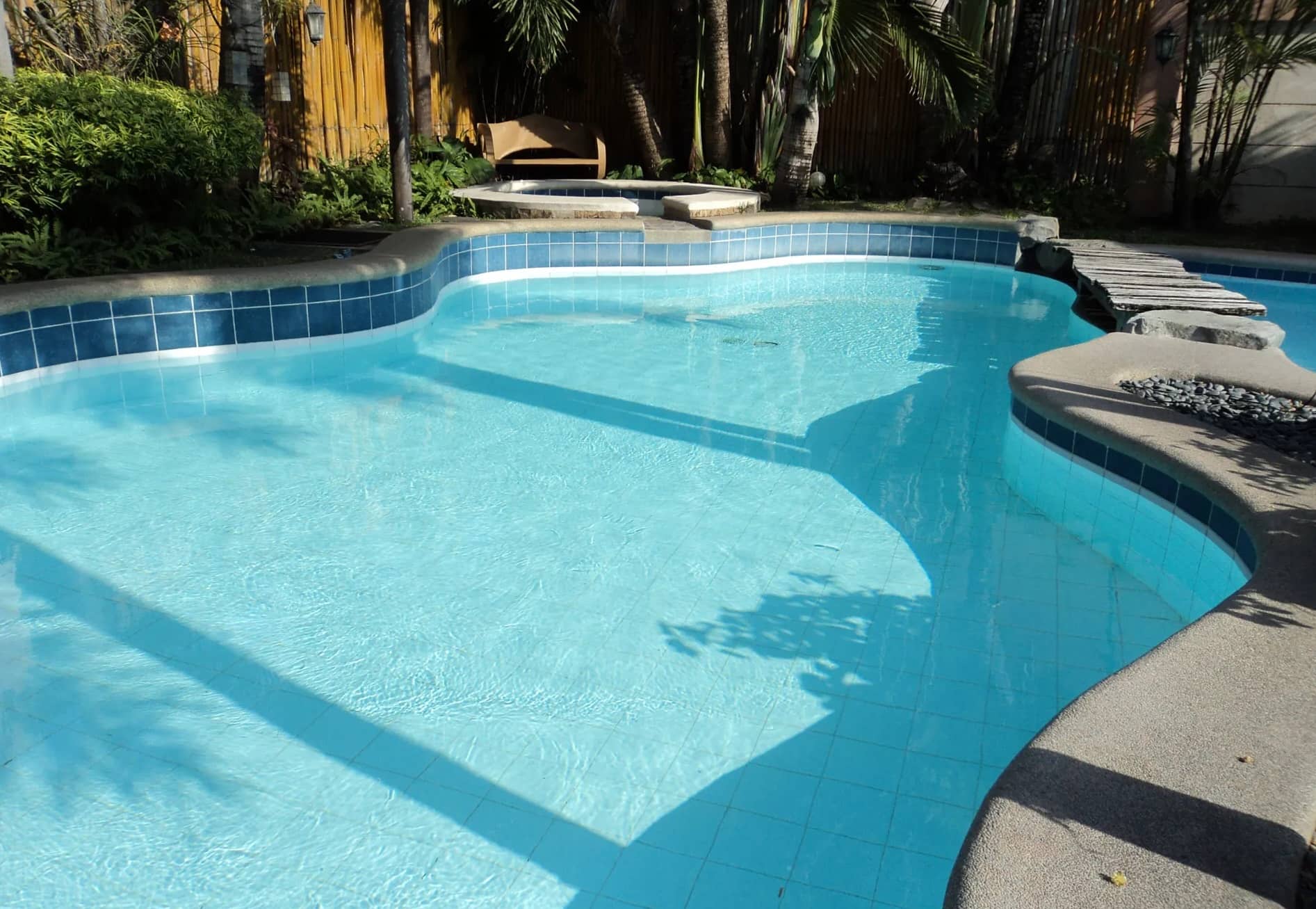

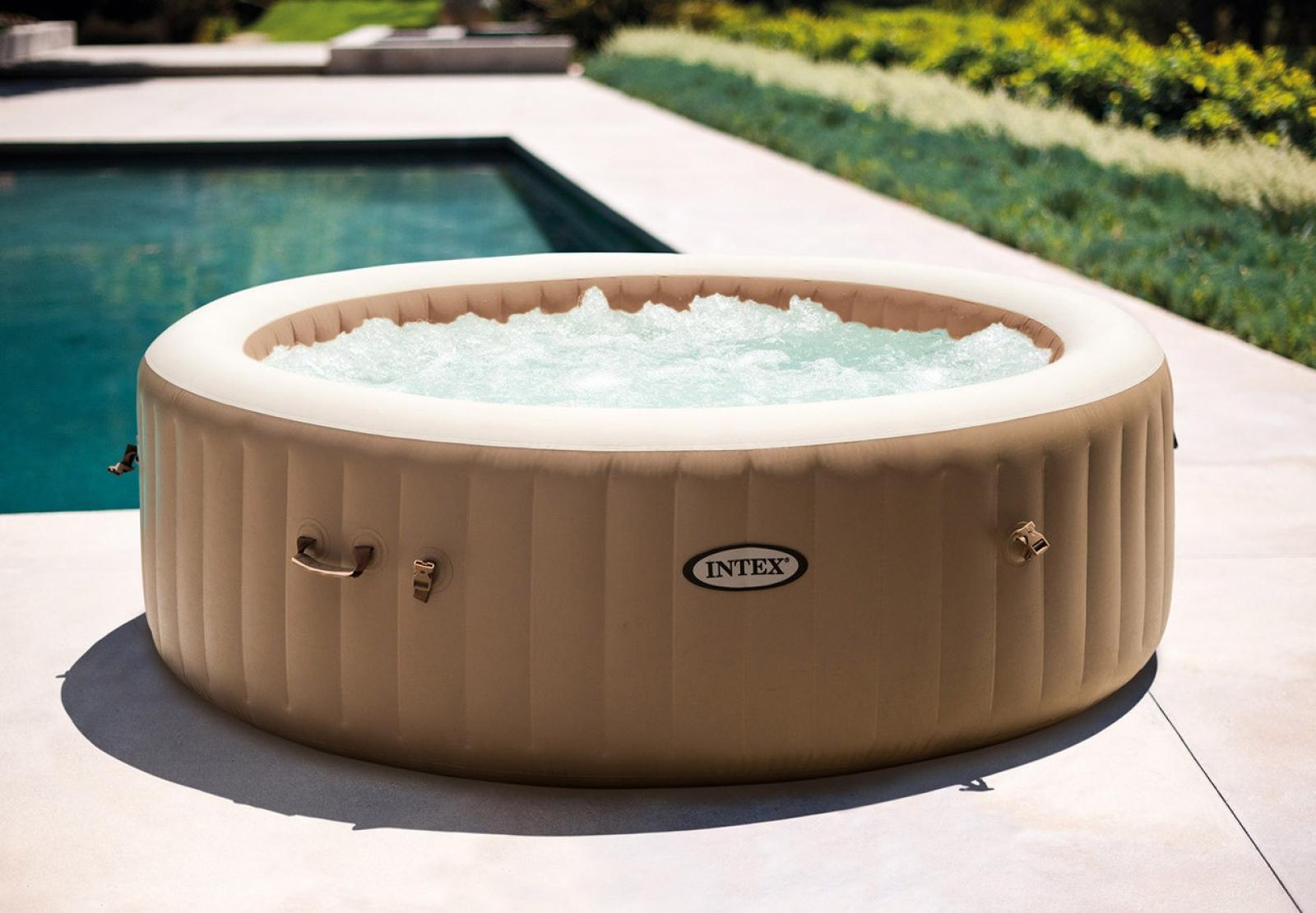
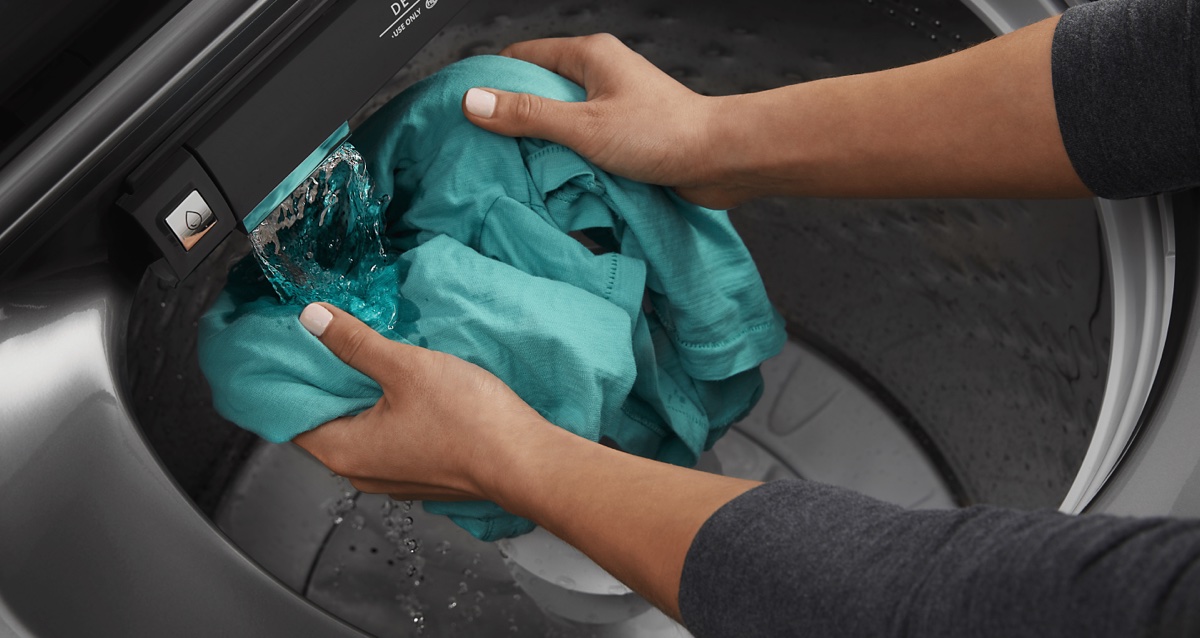
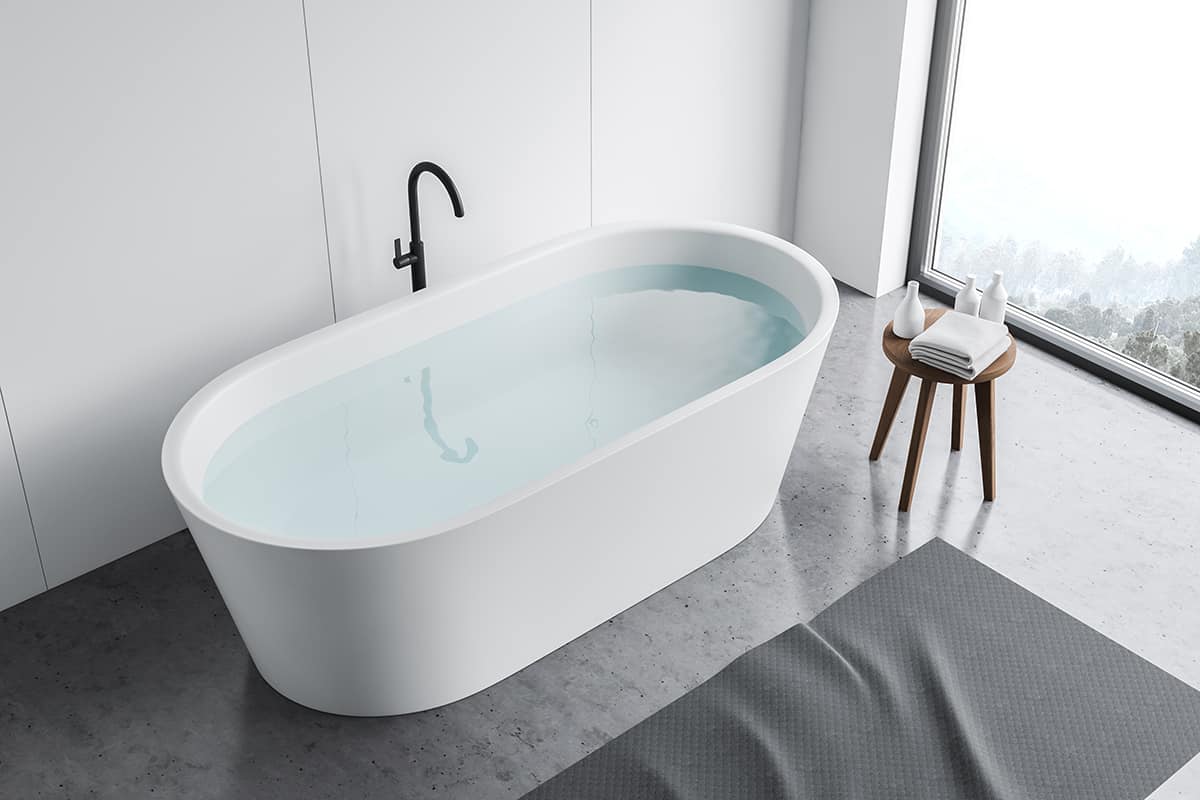
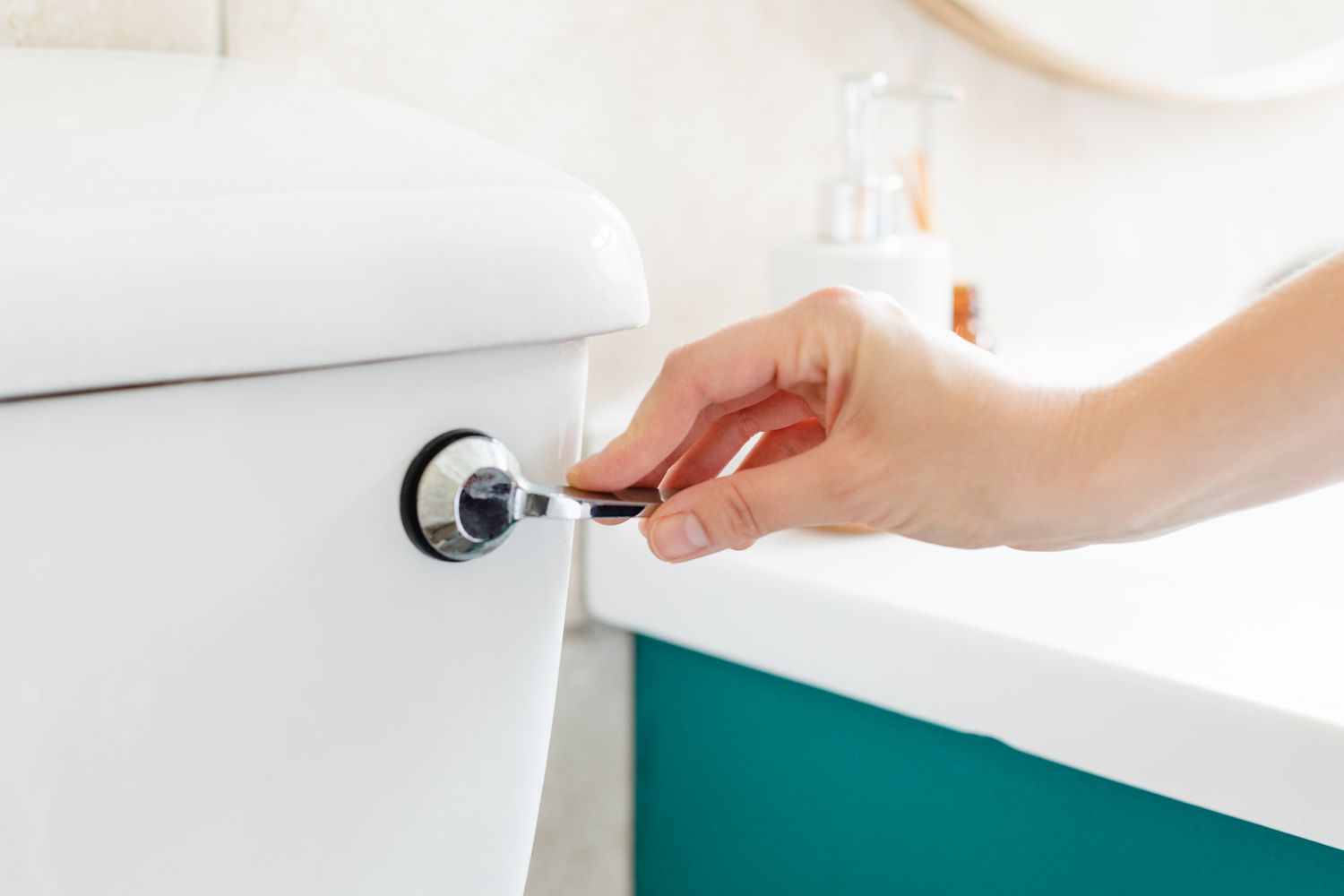
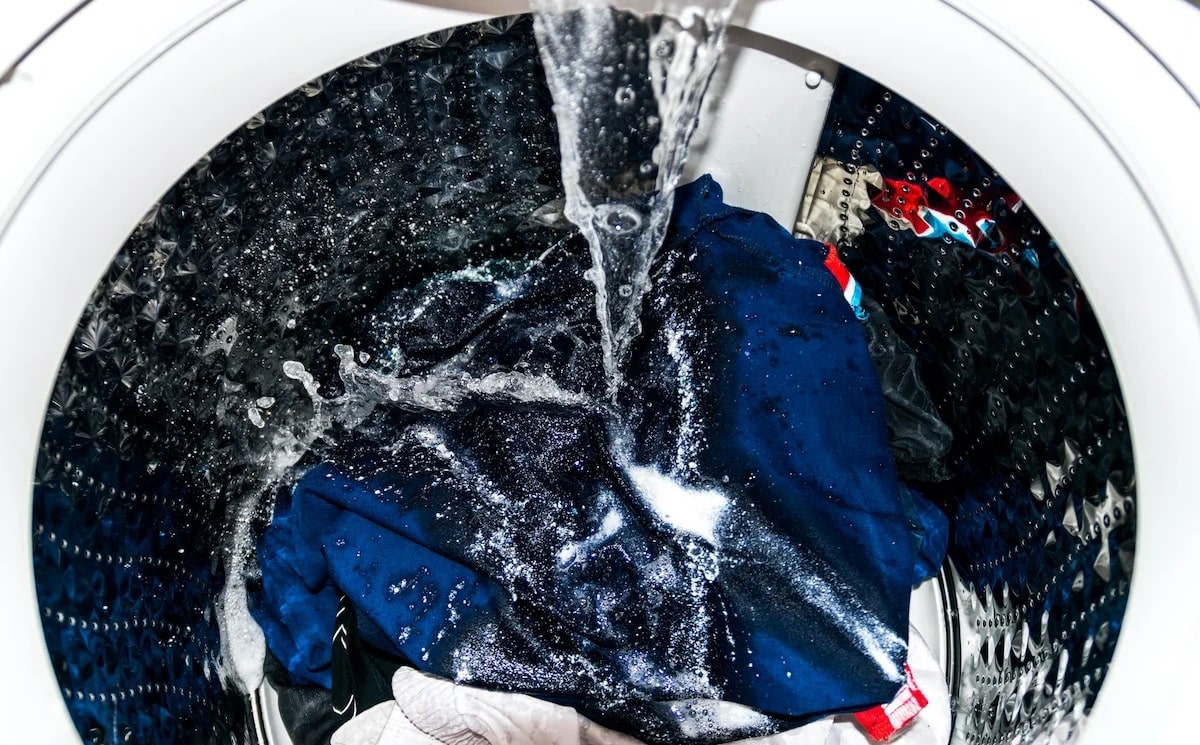
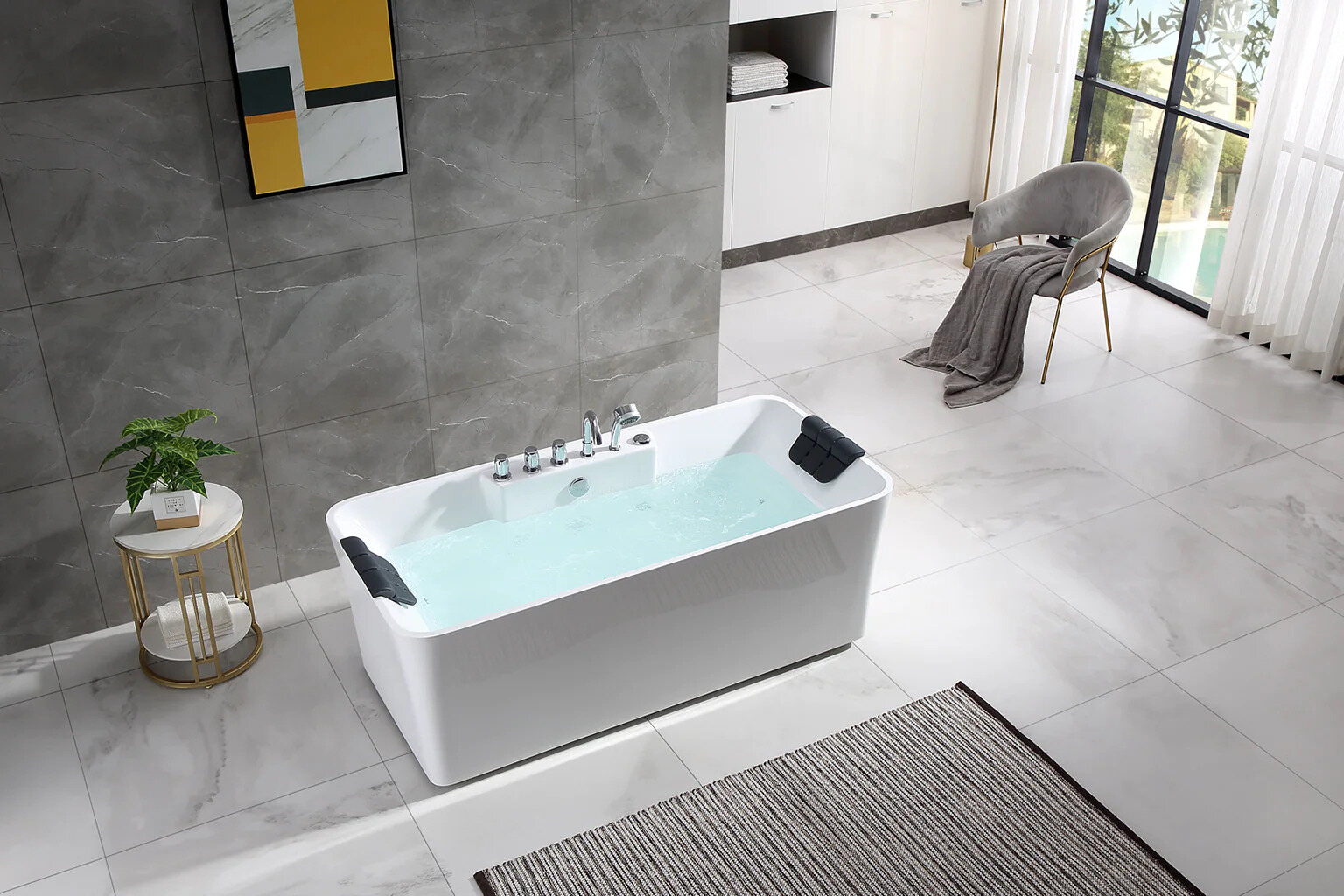
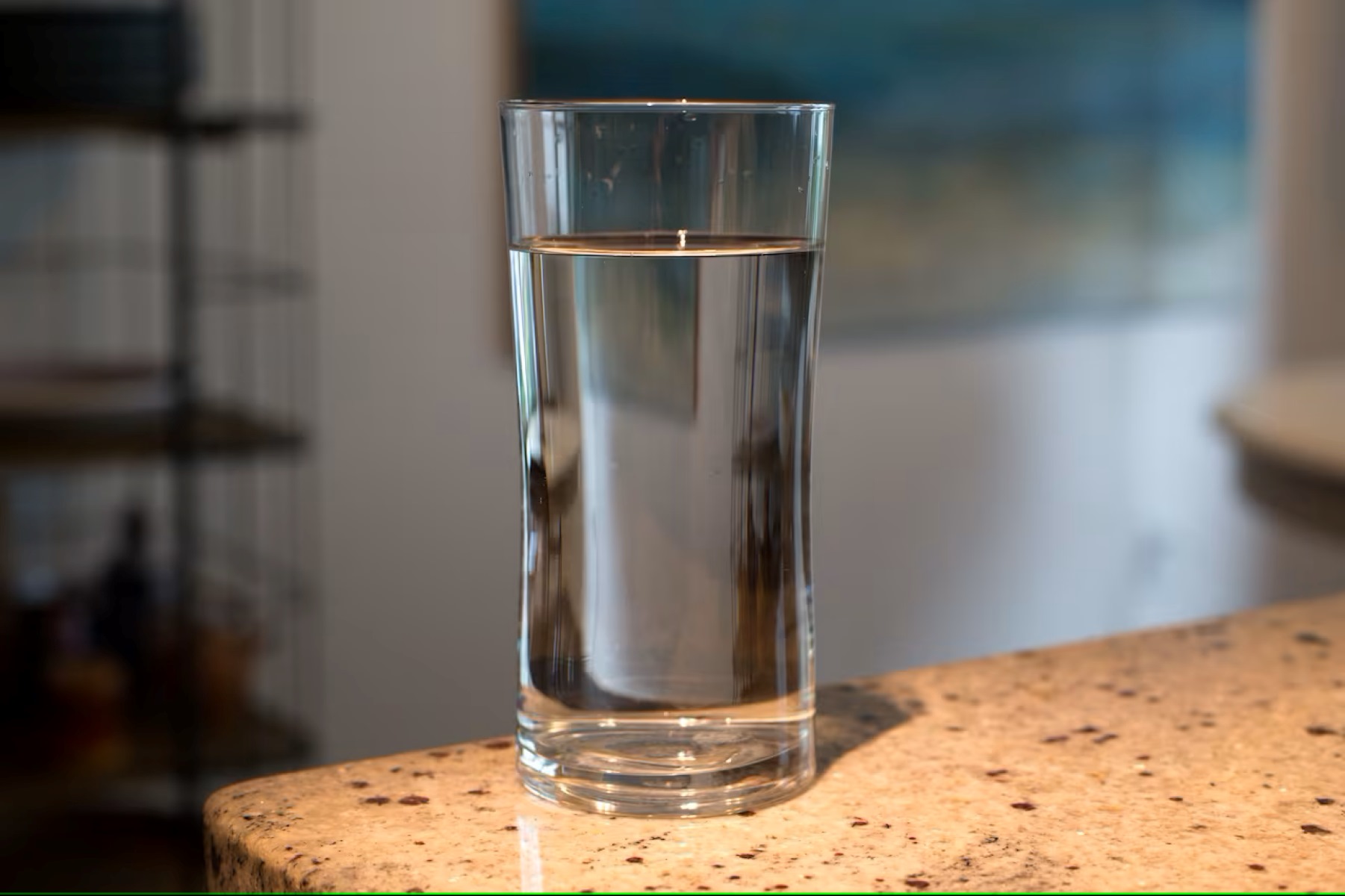
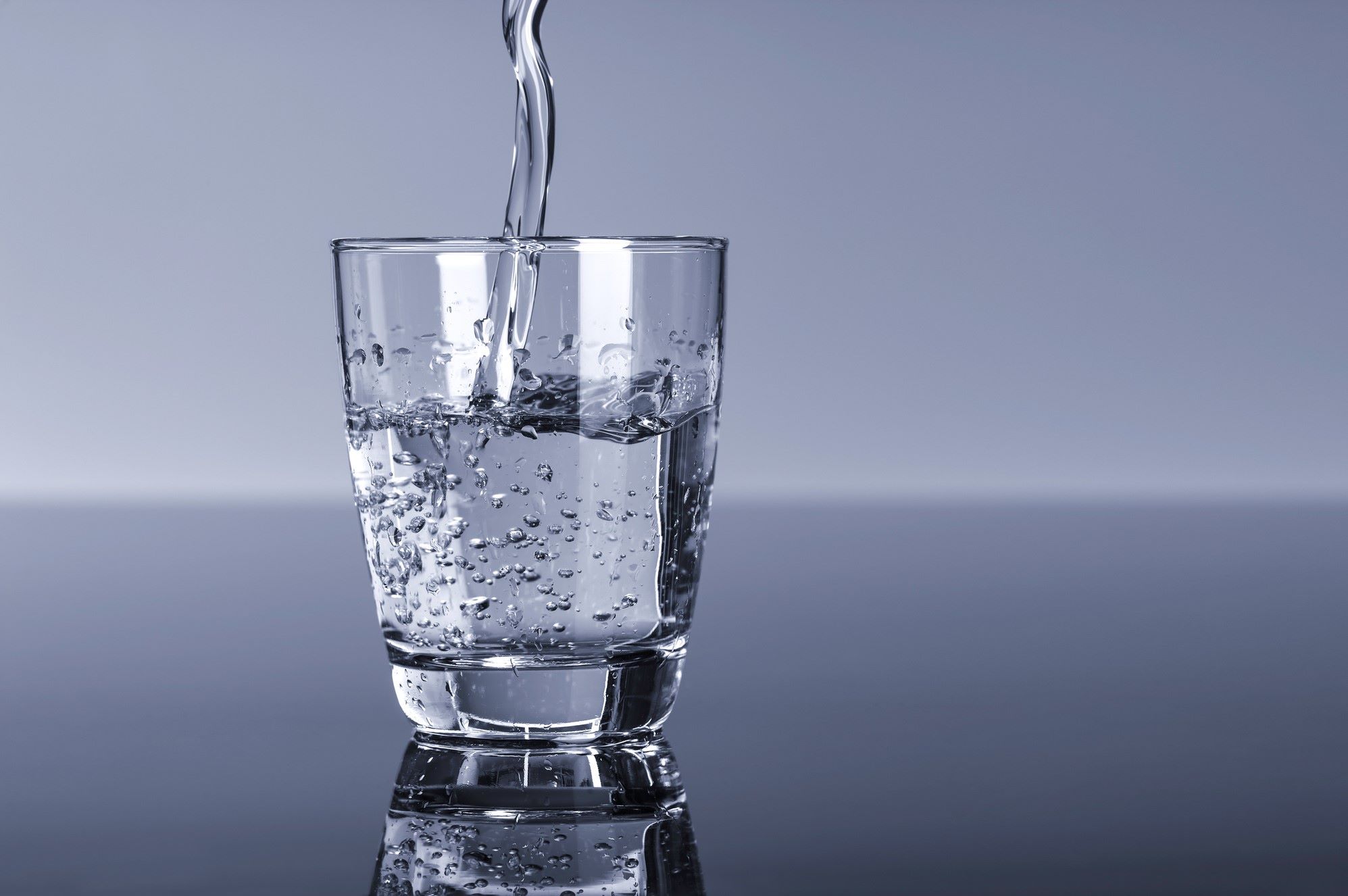
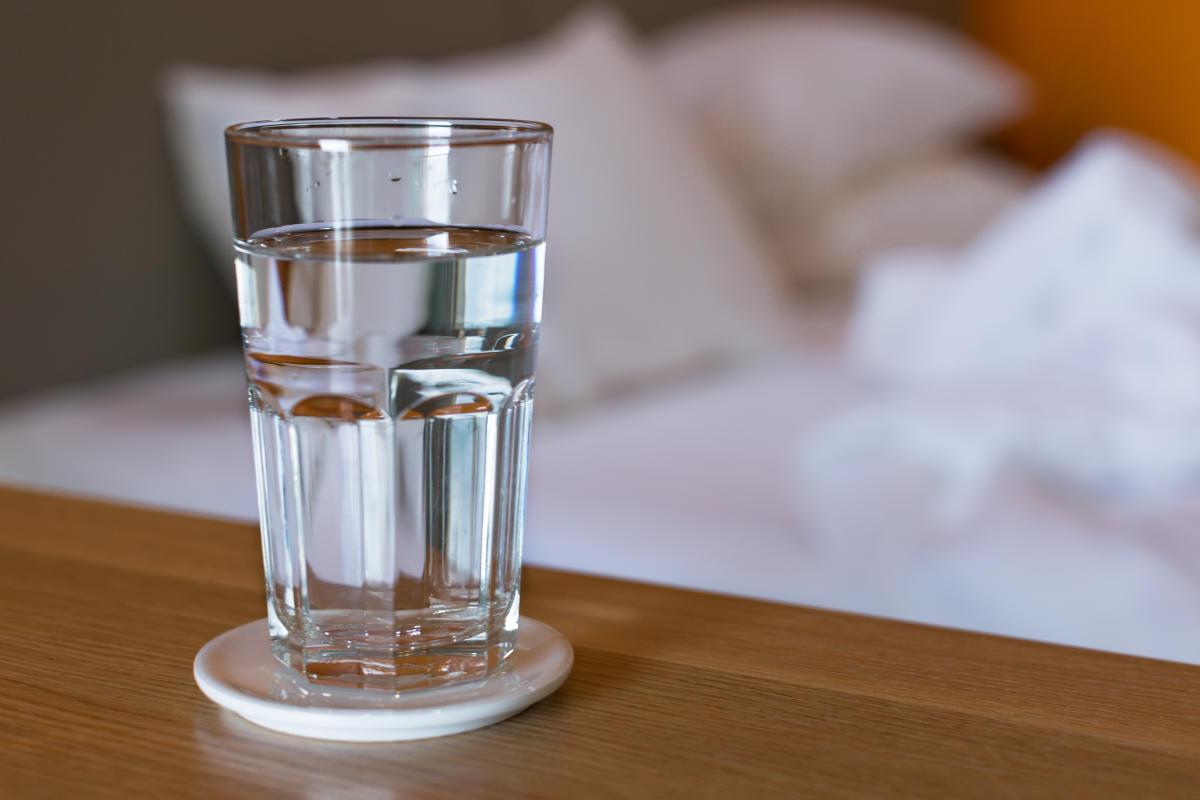
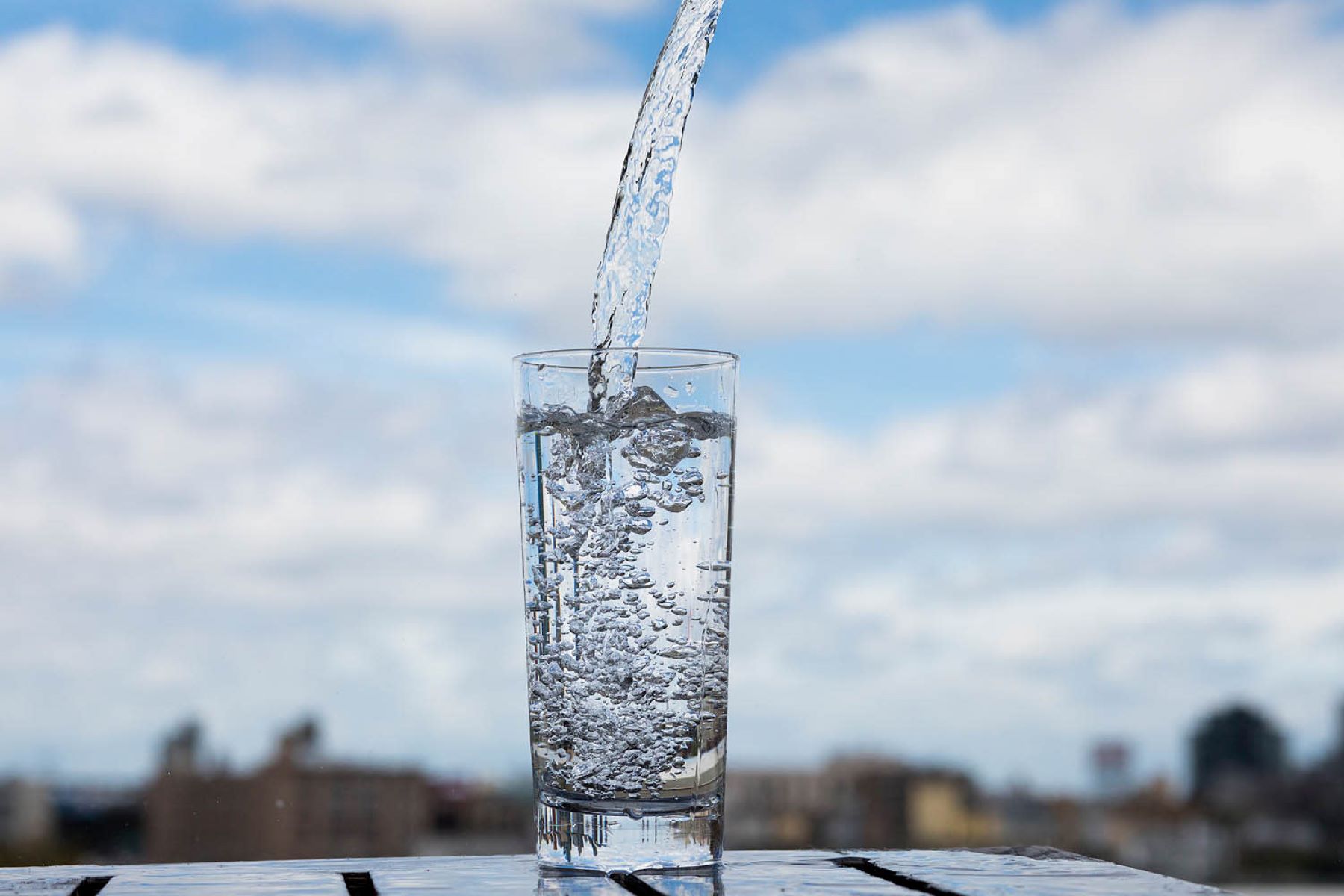
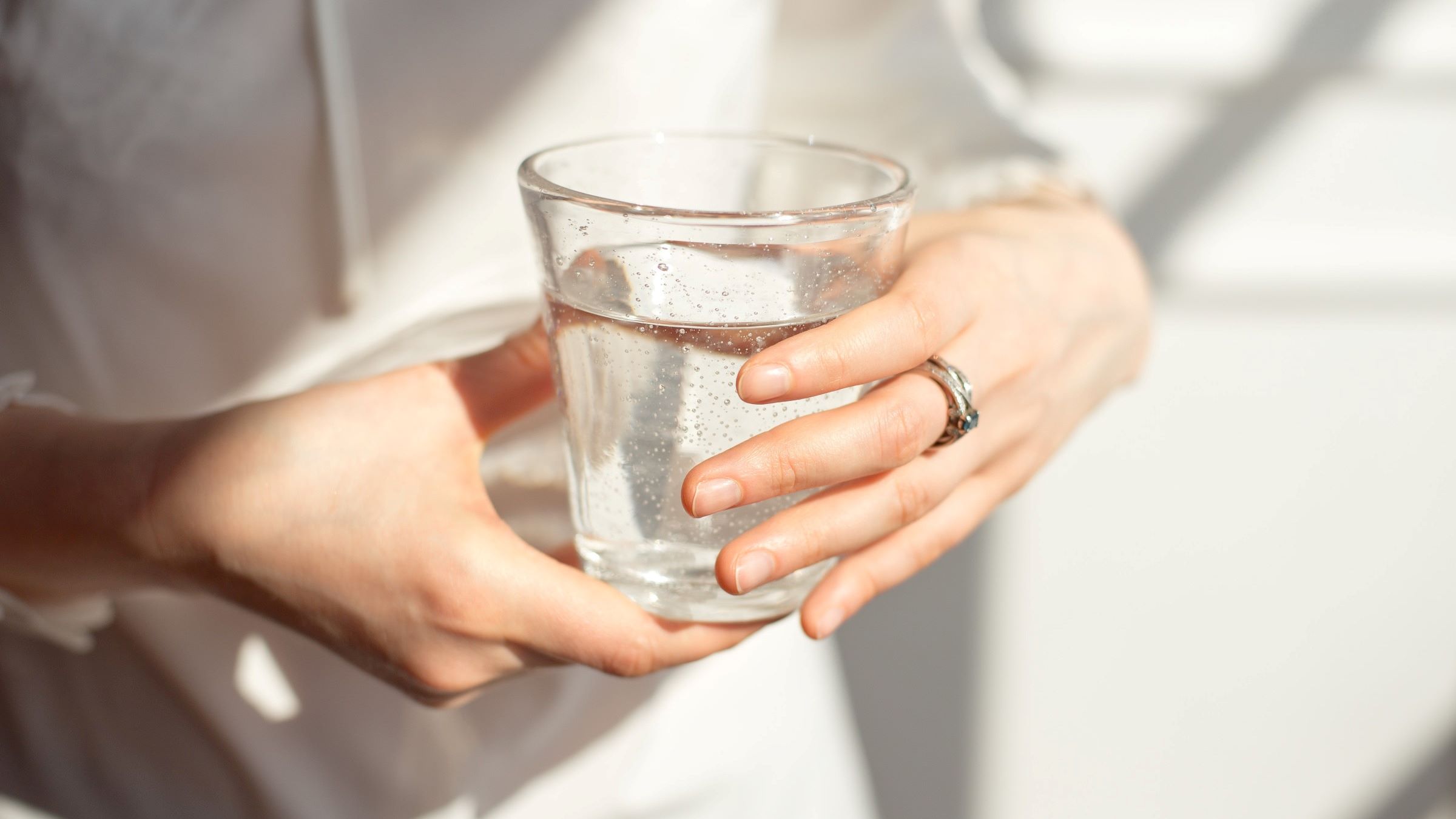

0 thoughts on “How Many Glass Of Water In 1 Gallon”